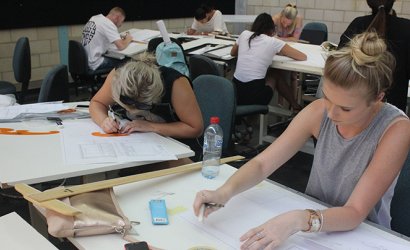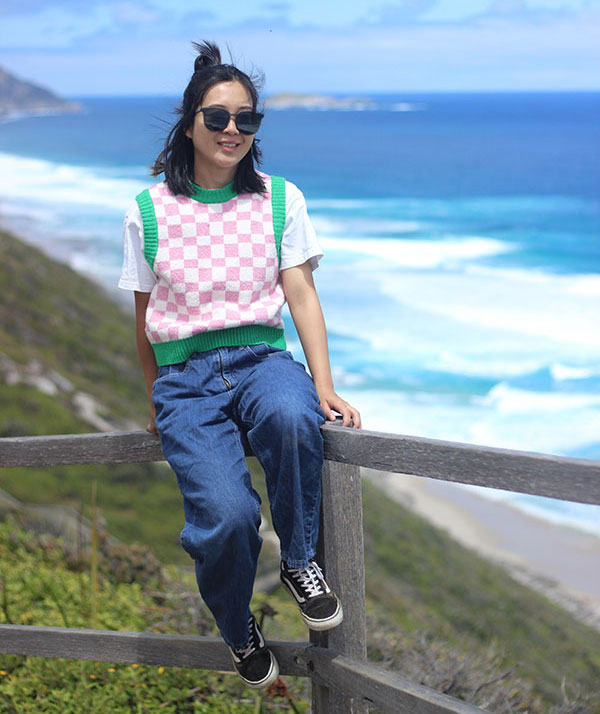

Why choose this course?
Create and explore new worlds with this animation and game art qualification. This course will give you the skills to produce professional animation and game art, using industry standard software.
During your studies you will develop your creative abilities in 3-D modelling and texturing, concept art and storyboarding, 2-D and 3-D animation, game art and design, film editing and visual effects. In addition, you will learn software such as Autodesk Maya, Unity and Unreal Engine, Toon Boom Harmony, Blackmagic Design Fusion and Da Vinci Resolve, Adobe Substance Painter, Adobe Photoshop, Premier Pro, After Effects and Adobe Animate CC.
On completion of your course, you can work in a number of entertainment related industries, including advertising, architecture, visualisation and content creation for virtual and augmented reality.
You also have the option to continue your studies for a further year in the CUA60620 Advanced Diploma of Screen and Media (Animation and Game Art).
Career opportunities
- Animation Designer
- Concept Artist
- Motion Graphics Artist
- Visual Effects Artist
When choosing a course, it's important to think about the key skills and knowledge you'll need, as well as how you'll be assessed. Take a look at this information and consider if you might face any challenges in meeting the course expectations and requirements.
- Creative and imaginative
- Passionate
- Good analytical and spatial skills
- Technically minded
- Self motivated
-
An IELTS score (academic) of 6.0 with no band score less than 5.0 or equivalent.
-
Completion of CUA41220 Certificate IV in Screen and Media [Animation & Game Art] (AC82) is required for entry into this course.
There may be further semester intakes available for enrolment. You can view any further intakes when you submit your online application(opens in a new tab).
For information about pathways from TAFE to university, view our Pathways to university page.
How to apply
Apply to study at TAFE in six steps:
- find a course;
- check entry requirements;
- submit an application;
- accept your offer and pay;
- apply for your student visa; and
- receive your visa and come to Australia for your studies.
TIWA Course Guide
A guide to studying at TAFE in Western Australia, including study options, facilities and campus locations!
Download study area guide(opens in a new tab)
Contact us(opens in a new tab)
TAFE International Western Australia (TIWA) is the Registered Training Organisation (RTO) and Commonwealth Register of Institutions and Courses for Overseas Students (CRICOS) provider, for the delivery of training to international students, enrolled in a TAFE course in Western Australia. This nationally recognised course is delivered by a Western Australian TAFE college on TIWA's behalf. TIWA retains responsibility for the quality of the training and assessment delivered by the TAFE colleges and for the issue of certification documentation to students.


